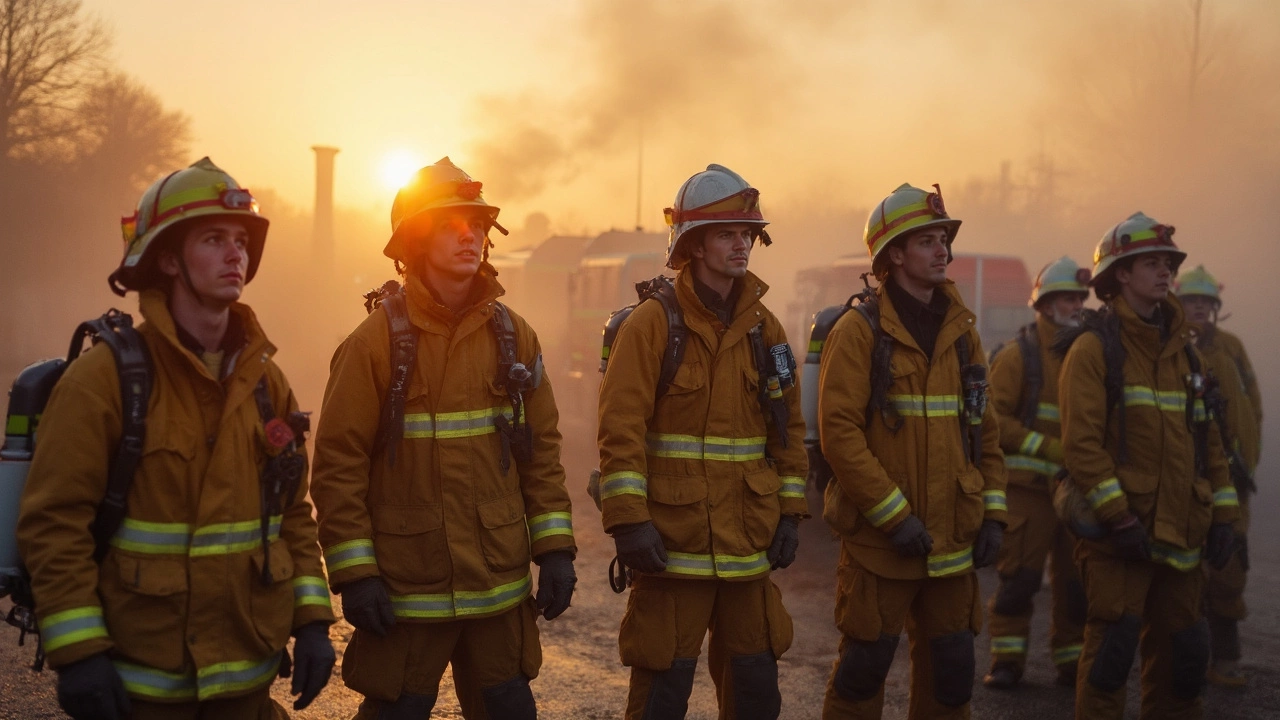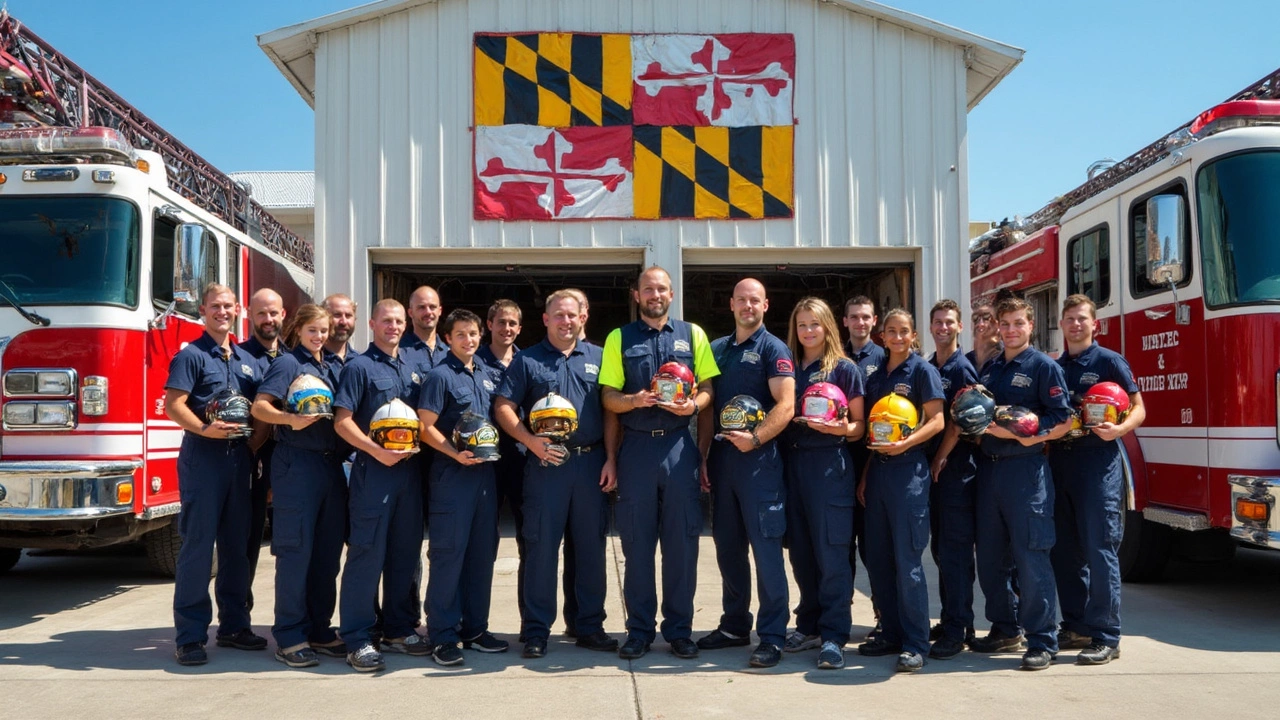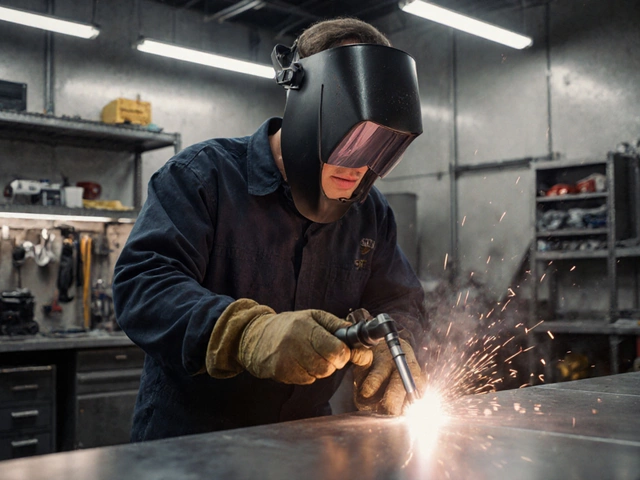Firefighter Training: Your Guide to Skills, Courses & Careers
If you’ve ever wondered what it takes to become a firefighter, you’re in the right place. Firefighter training isn’t just about waving a hose – it’s a mix of fitness, tactics, and real‑world problem solving. In this guide we break down the core skills you’ll learn, the types of courses available, and how to pick the right path for your goals.
What Firefighter Training Covers
Most programmes start with basic safety and health. You’ll learn how to wear protective gear, use breathing apparatus, and move safely in smoky environments. From there, the curriculum adds fire behaviour, extinguishing techniques, and rescue operations. Expect hands‑on drills that simulate house fires, vehicle accidents, and chemical spills.
Physical fitness is a big piece of the puzzle. Training includes strength workouts, endurance runs, and agility drills so you can carry heavy equipment and climb stairs quickly. Many schools also test you on CPR, first aid, and emergency medical response – skills that are essential on‑scene.
Beyond the fireground, modern firefighters need communication and leadership abilities. You’ll practice radio etiquette, incident command basics, and teamwork scenarios. Some courses even include community outreach, teaching you how to run fire safety talks for schools or local businesses.
How to Choose the Right Course
In the UK, the most recognised qualification is the Level 3 Certificate in Fire Safety and Emergency Services. Look for providers that are accredited by the National Vocational Qualifications (NVQ) framework or the Institute of Fire Engineers (IFE). These credentials are accepted by most fire and rescue services.
If you’re balancing work or study, consider part‑time or blended learning options. Many colleges now offer online theory modules combined with weekend practical sessions. This lets you keep a job while building your skills.
Cost can vary, but there are funding routes worth checking – apprenticeships, local authority grants, and the Skills Funding Agency often cover tuition for eligible candidates. Always ask the training provider about any hidden fees for equipment or assessment.
Finally, think about your career goals. If you aim for a frontline role, a full‑time intensive course might be best. If you’re interested in fire safety consulting or inspection, a shorter specialist module on risk assessment could be more relevant.
No matter which path you pick, the key is to stay curious and keep practising. Firefighter training is a continual process – the more scenarios you experience, the better you’ll perform when real emergencies arise.
Ready to start? Check local colleges, fire stations, or the GoSkill Vocational Training website for upcoming intakes. With the right training, you’ll be on your way to a rewarding career protecting people and property.





